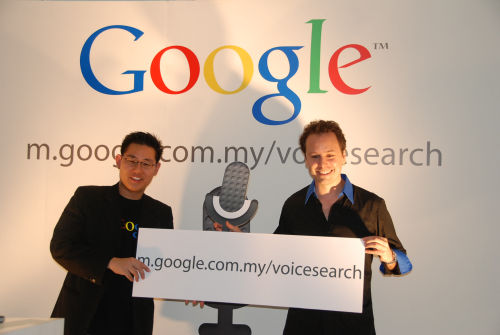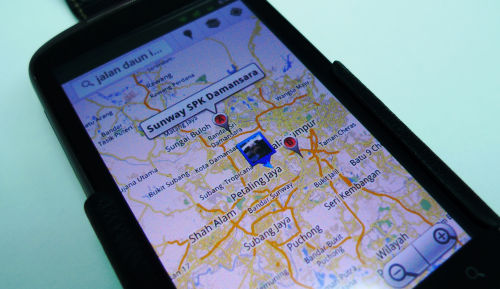4 MORE DETAIL VISIT : http://paultan.org
oogle today officially announced the availability of its Voice Search in Bahasa Malaysia, joining the 19 other languages already available for the utility. It offers users a fast, natural way to search the web from their mobile phones by speaking the queries instead of typing them.
Using Google’s mobile app, users can search on the go by simply clicking the microphone button beside the search bar and speaking into the phone in BM (or any of the other languages that Voice Search recognises).
t’s available for Android 2.1, 2.2 and 2.3, iPhone and Blackberry. If you’re running Symbian, you’re out of luck. On Android and iPhone mobiles, all you have to do is tap the VS icon and begin speaking, while on Blackberry, you press and hold the green call button to get things going.
It’s versatile – you can browse for photos, look for places of interest, search for an address via maps. The likes of “Gambar Sazzy Falak” and “nasi kandar Jalan Tuanku Abdul Rahman” gets you search results on your mobile browser, while on maps the name of the street gets you the desired location in a jiffy.
There’s no need to download specialised speech recognition software in order to use Voice Search – queries are processed in a cloud using cellular Internet connections, and not on an individual device. The neat part is that the more people use VS, the better the speech recognition models get, improving accuracy without the need for updates or the installation of new software.
The recognition factor is high, despite the diversity of spoken and written forms of BM and the different regional accents, as well as normal mix of English and Malay used in everyday phrases (pergi meeting, for example). In the car, it’s quite the helpful hand.
To build Voice Search, Google utilises computers to understand the sounds and words that make up a spoken language by working with native speakers to collect speech samples. In the case of the BM version, it was developed with the help of 500 local student volunteers, of which their speech samples were then integrated into the language models powering the service.


